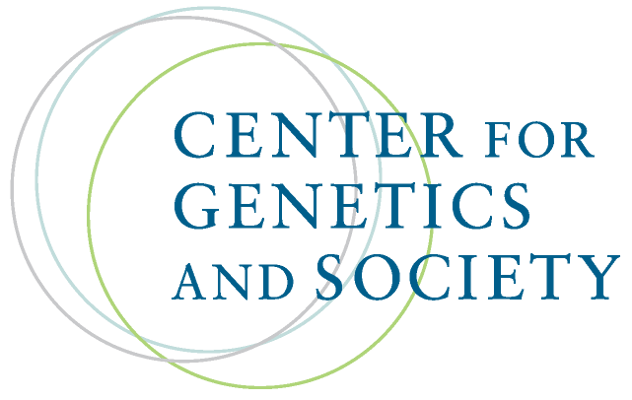This is Why you Shouldn’t Believe that Exciting New Medical Study
By Julia Belluz,
Vox
| 03. 23. 2015
Untitled Document
In 2003, researchers writing in the American Journal of Medicine discovered something that should change how you think about medical news. They looked at 101 studies published in top scientific journals between 1979 and 1983 that claimed a new therapy or medical technology was very promising. Only five, they found out, made it to market within a decade. Only one (ACE inhibitors, a pharmaceutical drug) was still extensively used at the time of their publication.
One.
But you'd never know that from reading the press. Take a recent miracle procedure for multiple sclerosis. MS is a degenerative disease with no cure. In sufferers, the immune system attacks the protective layer around the nerves, disturbing the communication between brain and body — and causing a cascade of devastating symptoms: unsteady and jerking movements; loss of vision, bladder and bowel control; and eventually, early death.
In 2009, a breakthrough: a charming Italian researcher, Dr. Paolo Zamboni, claimed to have cured his wife's MS by "unblocking" the veins in her neck. He theorized MS wasn't an autoimmune disorder but a vascular one...
Related Articles
After almost 20 years of publicity stunts and dubious claims, we may not have 23andMe to kick around anymore. The company has filed for Chapter 11 bankruptcy protection. The stock has collapsed to about 2% of its peak value. CEO and co-founder Anne Wojcicki has quit (though she may be baaack) and the company’s future, if any, depends on its DNA database.
Note to customers of the company: Get Out. Cybersecurity expert Adrianus Warmenhoven told the Associated Press...
By Gustaf Kilander, The Independent | 02.11.2025
This month’s gene therapy news includes celebrations of promising new developments running beside gloomy takes on the future of the industry.
Early in February, a STAT headline quipped “The CRISPR companies are not OK”:
Interviews with over 75 investors, academics, executives, analysts, and employees reveal a swaggering industry suddenly and deeply humbled. Put simply, they’ve realized — billions of dollars and more than a few ill-conceived companies later — that there are surprisingly few places today where you...
Flag of South Africa; design by Frederick Brownell,
image by WikimediaCommons users.
Public domain, via Wikimedia Commons
What is the legal status of heritable human genome editing (HHGE)? In 2020, a comprehensive policy analysis by Baylis, Darnovsky, Hasson, and Krahn documented that more than 70 countries and an international treaty prohibit it, and that no country explicitly permits it. Policies in some countries were non-existent, ambiguous, or subject to possible amendment, but the general rule remained, even after one...



